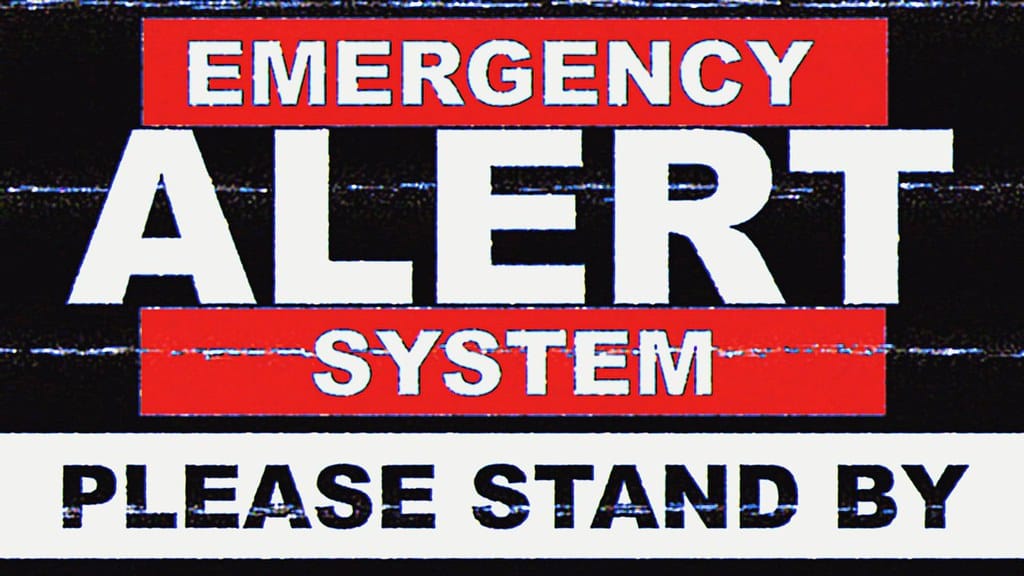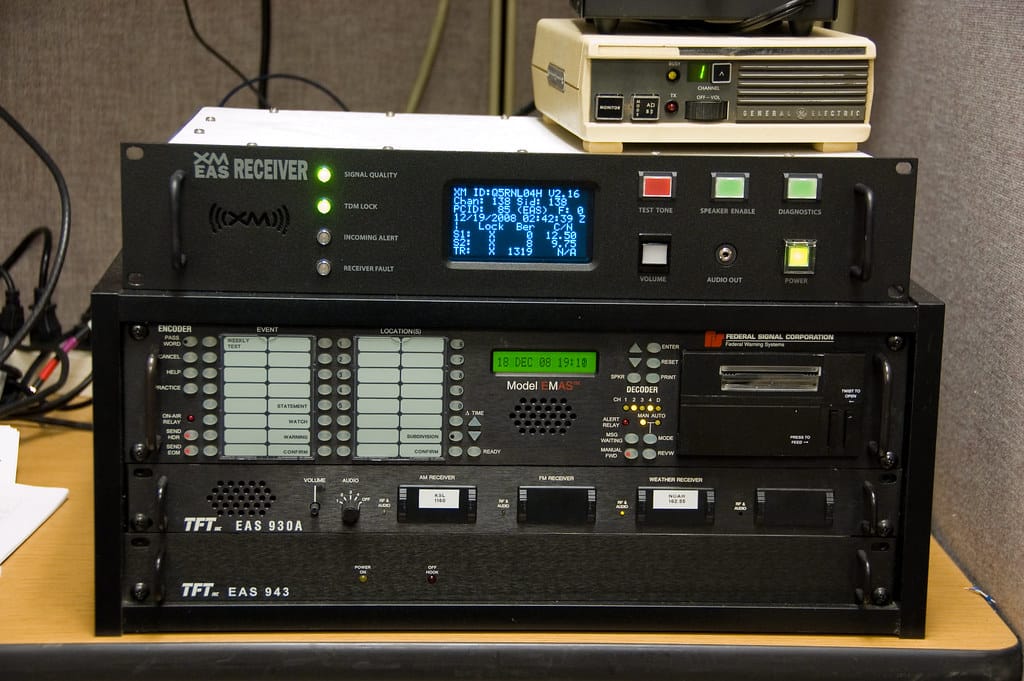America's Disaster Alert System Is Failing When Lives Are on the Line
When Hurricane Helene devastated North Carolina in September 2024, killing over 100 people, many residents received their first emergency alert not from official channels, but from neighbors, social media, or too late to matter. This deadly communication breakdown highlights a crisis that has plagued America for decades: our disaster alert system is fundamentally broken when we need it most.
Despite billions invested in emergency communication infrastructure, the United States continues to struggle with getting life-saving information to people quickly and effectively during natural disasters. The consequences are measured not just in property damage, but in preventable deaths.
The Patchwork Problem
America's emergency alert system resembles a patchwork quilt more than a unified network. The Emergency Alert System (EAS), Wireless Emergency Alerts (WEA), and local warning systems operate independently, often creating gaps where critical information falls through.
During the 2018 Camp Fire in California—the deadliest wildfire in state history—residents in Paradise received conflicting information from different sources. Some got evacuation orders via text, others heard different instructions on radio, and many received no warning at all. The fire moved so fast that 85 people died, many while trying to evacuate.
"We have 50 different state approaches, thousands of local approaches, and no real coordination," explains Dr. Sarah Johnson, a disaster communication researcher at Georgetown University. "When seconds count, this fragmentation kills."
Technology Gaps in Rural America
The digital divide becomes deadly during disasters. Rural communities, often most vulnerable to natural disasters, frequently lack the robust cellular and internet infrastructure needed for modern alert systems.
In 2023, only 78% of rural Americans had access to reliable broadband internet, compared to 97% in urban areas. When Hurricane Ian struck Florida in 2022, entire swaths of rural communities lost cellular service before evacuation orders could be distributed effectively.
The Federal Communications Commission's 2024 report found that during major disasters, rural cell towers fail at twice the rate of urban towers, creating communication blackouts precisely when emergency information is most crucial.
The Human Factor
Even when technology works, human behavior often doesn't align with emergency planners' expectations. Studies show that people need to receive emergency information from multiple trusted sources before taking action—but America's alert system often provides single-source, one-time notifications.
Research from the National Weather Service reveals that only 23% of people take immediate action after receiving their first emergency alert. Most wait for confirmation from additional sources, precious time that disasters don't allow.
"Alert fatigue" compounds the problem. Americans receive an average of 47 emergency alerts per year, from weather warnings to AMBER alerts to test messages. This constant bombardment has trained many to ignore potentially life-saving notifications.
International Success Stories
Other nations have cracked the code. Japan's J-Alert system, implemented after the 2011 tsunami, reaches 95% of the population within seconds through coordinated television, radio, mobile, and loudspeaker networks. The system provides automated, standardized messages in multiple languages and has successfully warned residents of earthquakes, tsunamis, and missile threats.
South Korea's Cell Broadcasting Service reaches every mobile phone in affected areas simultaneously, regardless of carrier, with location-specific information. During the 2022 Seoul flooding, the system helped reduce casualties by 40% compared to similar events.
The Path Forward
Reform requires both technological upgrades and systemic changes. The Federal Emergency Management Agency has proposed a $2.3 billion modernization plan that would:
- Standardize alert formats across all platforms
- Implement location-based targeting down to the neighborhood level
- Create multilingual, multimedia alert capabilities
- Establish redundant communication pathways
Several states are already pioneering improvements. California's Wireless Emergency Alert system now includes Spanish-language messages and precise geographic targeting. Florida has integrated social media monitoring into its emergency response, allowing officials to correct misinformation in real-time.
Lives Hang in the Balance
As climate change intensifies natural disasters, America's alert system failures become increasingly costly. The National Weather Service estimates that effective emergency communication could reduce disaster deaths by up to 50%.
The technology exists. The models work in other countries. What's missing is the political will to fund and implement a truly national emergency communication system that puts lives before bureaucracy.
Every delayed alert, every communication gap, every missed warning represents not just a system failure, but a failure to protect American lives. The question isn't whether we can fix our disaster alert system—it's whether we will, before the next preventable tragedy strikes.

